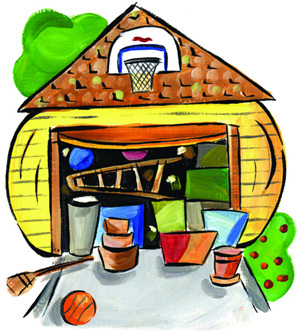
Parenting, Resources
Spring Cleaning with Your Special Needs Child
How spring cleaning can help with Speech and Language
Do you ever feel like there just isn’t time to work with your child on speech and language? With your busy schedule, several jobs, and tons of errands and chores, the day slips away before you know it. Here’s a way to check two things off your list, while also having a great time with your child.Spring Cleaning Skills
Spring cleaning time is a wonderful opportunity to help your child learn the precognitive skills of matching, sorting, classification and organizing. All that, and a clean house, too! Development of these skills lays the foundation that future language can be built upon. Spring cleaning will help:- Teach your child to visually scan their environment, looking from left to right
- Pay attention to things that are similar and different
- Place items according to a single attribute, function, or class
- Aid in the building of their particular vocabulary (lexicon).



